
-
May 1, 1954
In 1948, Nash, Hudson, Studebaker, and Packard, began talks about merging together as one auto company. The thought was to compete with a line-up similar to GM, with Studebaker as the price leader, Nash and Hudson in the middle, and Packard being the top of the line.
Studebaker and Packard were still in the plans when American Motors Corporation was created by the merger of Nash-Kelvinator Corporation and Hudson Motor Car Company, on May 1, 1954, with George Mason (Nash-Kelvinator) as the President of the company. Several times in automobile history, the name American Motors appeared, but none were related to this company or to each other. Directly concerned with the merger of Nash and Hudson, were more than 30,000 employees; 58,000 stockholders; and thousands of Nash and Hudson dealers and distributors. The factory photo below shows, (Left to Right) A. E. Barit (Hudson), George Mason (Nash), and George Romney.
-
George Romney Takes the helm - October, 1954
Shortly after formation of the new company, George Mason died, (October 8, 1954) and within four days the board of directors elected then 47-year old George Romney as president and chairman of the board. With the death of Mason, the Studebaker and Packard deal fell apart. In November of 1954, Studebaker and Packard would merge together without Nash and Hudson. In 1954, there were some 600 Nash dealers in communities not served by Hudson, and 400 Hudson dealers in communities not served by Nash.
-
Serial Numbers
These serial numbers can help with identification of a vehicle. The Nash serial numbers are unique to the El Segundo, California plant. Nash began production for 1949 models at El Segundo and would sell the plant to Hughes Aircraft, ending production there during the 1955 model year.
The vehicle identification plate for Nash is on the right-hand side of the cowl under the hood. The Hudson models identification plate is located on the right front door post for 1954.
Platinum and Gold members log in to see the tables. 1954 American Motors Air Conditioning
The 1954 AMC Rambler had the first factory Air Conditioning system installed completely under the hood. Before this new setup, the compressor and condenser were under the hood, while the cooling coils were in the trunk. The new system was half the price of the older systems where pipes ran from each location under the seats.
Miss America Promotes Air Conditioning at Chicago
This autographed factory photo pictures Evelyn Ay, Miss America 1954, promoting the American Motors Air Conditioning breakthrough at the Chicago Auto Show. The 1954 AMC Rambler had the first factory Air Conditioning system installed completely under the hood, while an article in Nations Business magazine stated that ony 8 other cars offered air conditioning as an option.
Meet Evelyn Ay, Miss America 1954, in Nash Airflyte Magazine
The Fall 1953 issue of Nash Airflyte Magazine had articles about the 1954 Miss America, that would be in the 1954 promotional advertising for American Motors.
Nash Airflyte Magazine Fall 1953
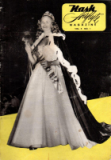
Nash Airflyte Magazine Fall 1953

- Miss America 1954
- Slippery Rock
- A Million Turkey Dinners
- Treats for the Tricksters
- Helpful Hints From Nash Owners
- Nash Owners Forum
- The Wary Deer
- Pilgrim Villages
- Bowling For All Ages
Miss America Pageant Yearbook
This issue continues with the 1954 Miss America, Evelyn Ay in an ad with the new Nash. You will also find photos of the Nash convertibles used in the parade, 52 in total, one for each contestant. Oh yeah... all the Pageant stuff too. We keep these yearbooks in our library because of the tie between Nash, and later to Oldsmobile, and the Miss America Pageant.

Miss America Pageant 1954
Rambler
-
1954 Rambler Production Numbers
Platinum and Gold members log in to see the tables. 1954 Nash Rambler 2-Door Club Sedan
The Nash Rambler had no major style change from 1953. The radio and heater become an option instead of standard equipment, to bring the base price down. New models are available for 1954, including a 4-door sedan, Country Club hardtop, and both 2-door and 4-door station wagons. Read the press release for more information.
1954 Nash Rambler Press Release
Nash
-
1954 Nash Production Numbers
Platinum and Gold members log in to see the tables. 1954 Nash Ambassador Owners Manual

1954 Nash Ambassador Owners Manual
1954 Nash Statesman Owners Manual
1954 Nash Statesman Owners Manual

1954 Nash Statesman Owners Manual
1954 Nash Interior
One of the many features highllighted was the comfort of the interior with room to stretch out and relax. The aircraft style reclining seats were featured as seen in this factory photograph. The seat would even make into a bed for comfortable travel or outings. You can see that in the owners manuals, or in print ads on display in this collection.
1954 Nash Paint Codes
All paint codes are taken from original authorized factory literature and jobber paint sample books. While we try to provide as complete information as possible, there may be colors or partial data missing.
When paint chip samples are scanned and provided on any website, to insure factory correct colors do not use your screen to match your paint, use the codes provided.
Platinum and Gold members log in to see the tables. 1954 Nash Healey Production Numbers
*Production Total includes all Nash Healey models built in 1954.
Platinum and Gold members log in to see the tables. Car Life Magazine August 1954
This August 1954 issue of Car Life has an article on the Nash Healey Le Mans, a 3-Nation car from the newly formed American Motors.

Car Life August 1954

- Speed Traps
- Rally! The family sedan is Opened for this competition
- Italian Beauties - Grace and elegance from the designers in Italy
- Fire - LaFrance
- Nash-Healey Le Mans - A 3 nation car from the Nash division of AMC
- Woman Driver
- The Bristol 450 - Bristol 450 Sport Coupe
- Design Unlimited - Ford's top stylist
- Trailer Tips - Some things you should know before buying
- Trailer Census: 700,000
- Life in a Trailer
- We Love Trailers - Lucille Ball and Desi Arnaz are addicts of the home-on-wheels trend
- Safe Driving Contest
- Model A Club
- The Pobeda
- The Carriage Trade - Luxury from Cadillac, Packard, Lincoln, Chrysler
- Car Life Opens To The Races
- The Rolls Royce - British Aristocrat
- Product News
- The New Anglia - Neatly Designed Bundle of Economy
- All The Vintage Ads And Much More...
Hudson
-
1954 Hudson Production Numbers
Platinum and Gold members log in to see the tables. 1954 Hudson Jet Factory Photo
The Jet Six Series 1D had four ribs on each side of the main blade with a center embossment. The base Jet models had few appointments to keep cost down, even the cigar lighter was an option. Two tone paint was not an option.
The Super Jet Series 2D had block letters that spelled out Super Jet on the front fenders. The Super Jet had hood scoop ornamentation, horizontal front fender and door moldings, wing type rear door vent panes, robe cords, courtesy door lights, front seatback pockets, cigar lighter and rear ash tray among standard appointments. Two tone paint was also available on this step-up model.
1954 Jetliner Factory Photo
The Jetliner Series 3D was the top level model. Block letters spelled out Jetliner on the front fenders. Rear fender skirts, bright rear gravel shields and rear fender horizontal rub moldings, characterized the Jetliner. Custom wheel disc were also worn by this model. Inside treatments included front and rear foam seat cushions, smartly pleated antique white plastic-hide uphostery with headliner and bolsters in blue, green, or red.
1954 Hudson Jet Owners Manual

1954 Hudson Jet Owners Manual
1954 Hudson Production Numbers
Platinum and Gold members log in to see the tables. 1954 Hudson Hornet Factory Photo
Hornet models had the fender badge removed from the fenders and carried signiature scripts alone on the front fenders. Only the trunk carried a badge. Equipment included everything the Super Wasp included, along with crank front ventipanes, electric clock, front and rear foam seats, along with other appointments.
1954 Hudson Hornet Special Factory Photo
The Hornet Special was the last model introduced by Hudson in Detroit. Introduced March 19, 1954, at a $115 to $140 price advantage over comparable Hornets.
1954 Hudson Wasp Factory Photo
Wasp and Super Wasp scripts were placed on the front fenders above the horizontal rub molding. Hollywood models had a script above the molding at the rear of the front fenders. A panoramic one-piece windshield, and protruding tip taillamps were new this year. Fenderskirts were standard on Wasp models.
1954 Hudson Owners Manual

1954 Hudson Hornet, Super Wasp, Wasp Owners Manual
1954 Hudson Paint Codes
All paint codes are taken from original authorized factory literature and jobber paint sample books. While we try to provide as complete information as possible, there may be colors or partial data missing.
When paint chip samples are scanned and provided on any website, to insure factory correct colors do not use your screen to match your paint, use the codes provided.
Platinum and Gold members log in to see the tables. 1954 Hudson Italia
The Hudson Italia was built by Italy's Carrozzeria Touring on a Hudson Jet Chassis. Even with the aluminum body parts, the car was underpowered. The Italia had a $4800.00 Price tag, and only 25 (plus one proto-type) were built, before the project was abandoned after the Nash merger into American Motors.
Metropolitan
-
1954 - 55 Metropolitan Production Numbers
*Production Total includes all Metropolitan models including 743 built in 1953.
Platinum and Gold members log in to see the tables. 1954 Metropolitan Paint Codes
All paint codes are taken from original authorized factory literature and jobber paint sample books. While we try to provide as complete information as possible, there may be colors or partial data missing.
When paint chip samples are scanned and provided on any website, to insure factory correct colors do not use your screen to match your paint, use the codes provided.
Platinum and Gold members log in to see the tables. 1954 Metropolitan
Romney gave all Hudson and Nash dealers both the Rambler series, and the new Metropolitan series, to widen the market and customer service coverage for the new car company. Between the merger, and the distribution of the two new lines of cars to both Hudson and Nash, the products had an identity crisis. See more about the early years of Metropolitan in our Nash Timeline.







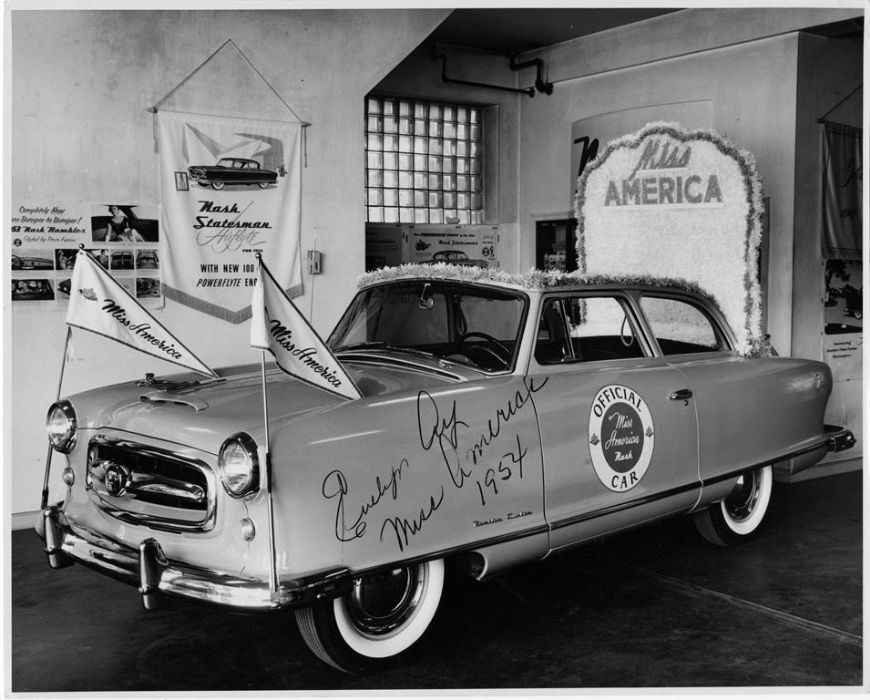












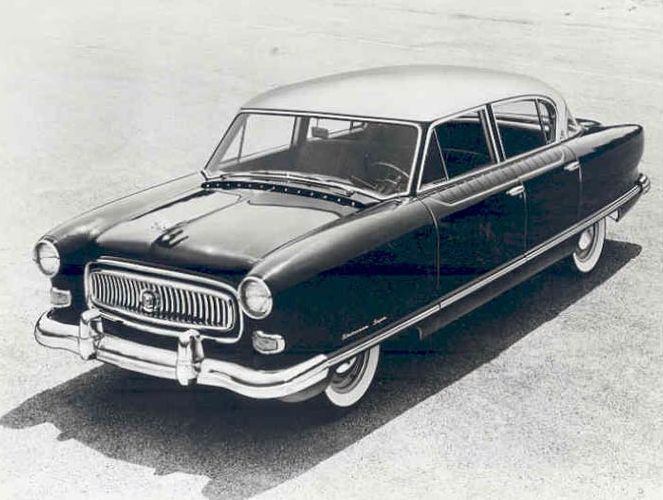

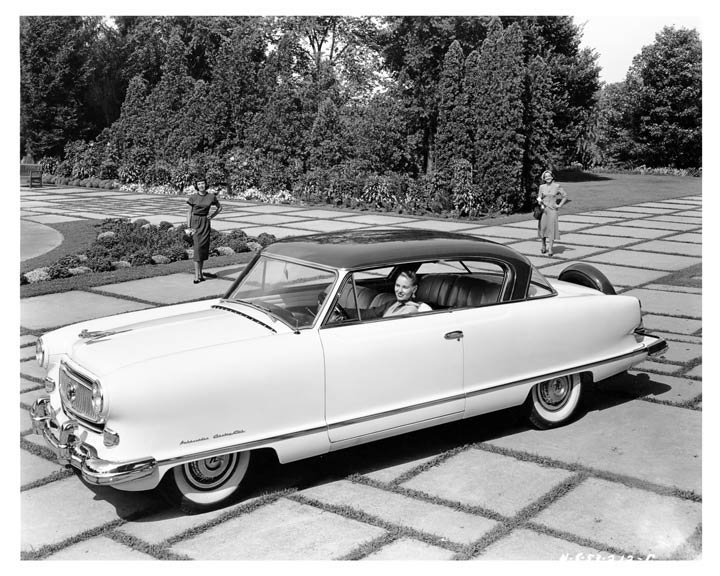














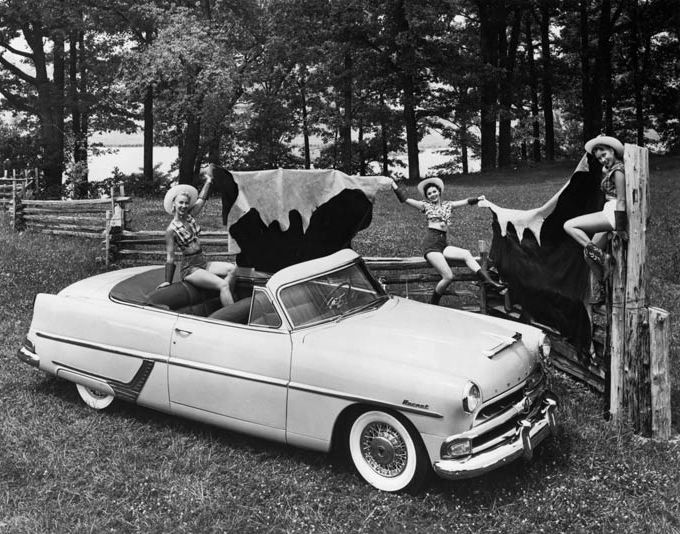

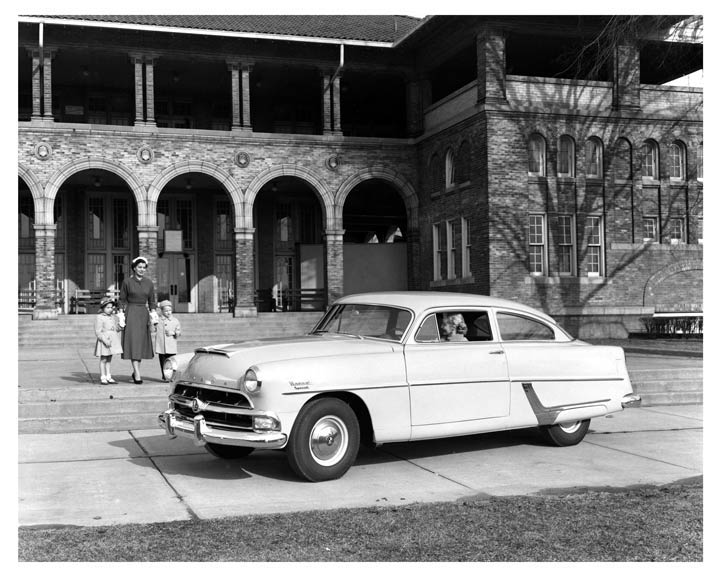



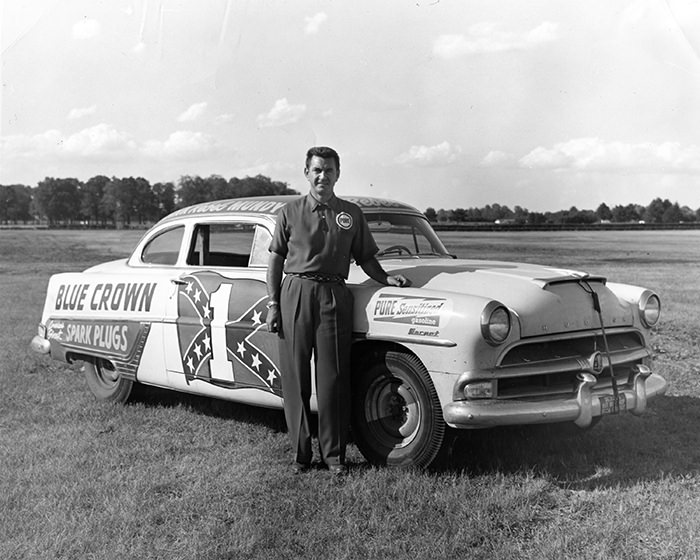
.jpg)
.jpg)
.jpg)

.png)



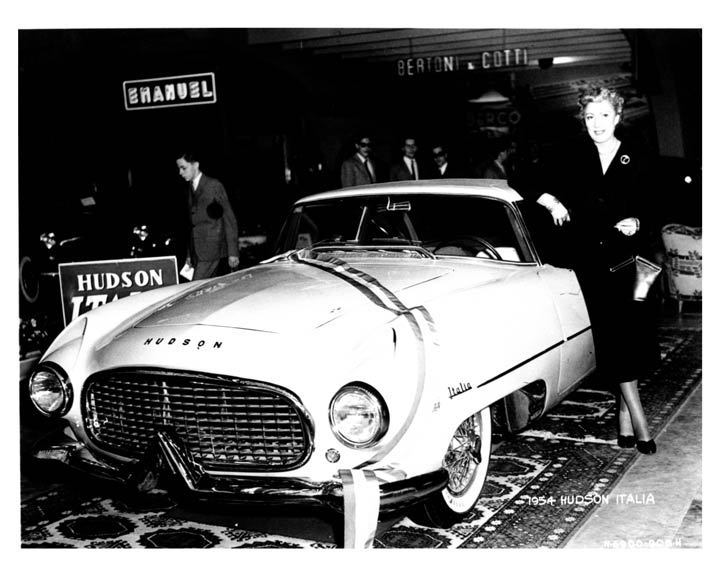





.jpg)

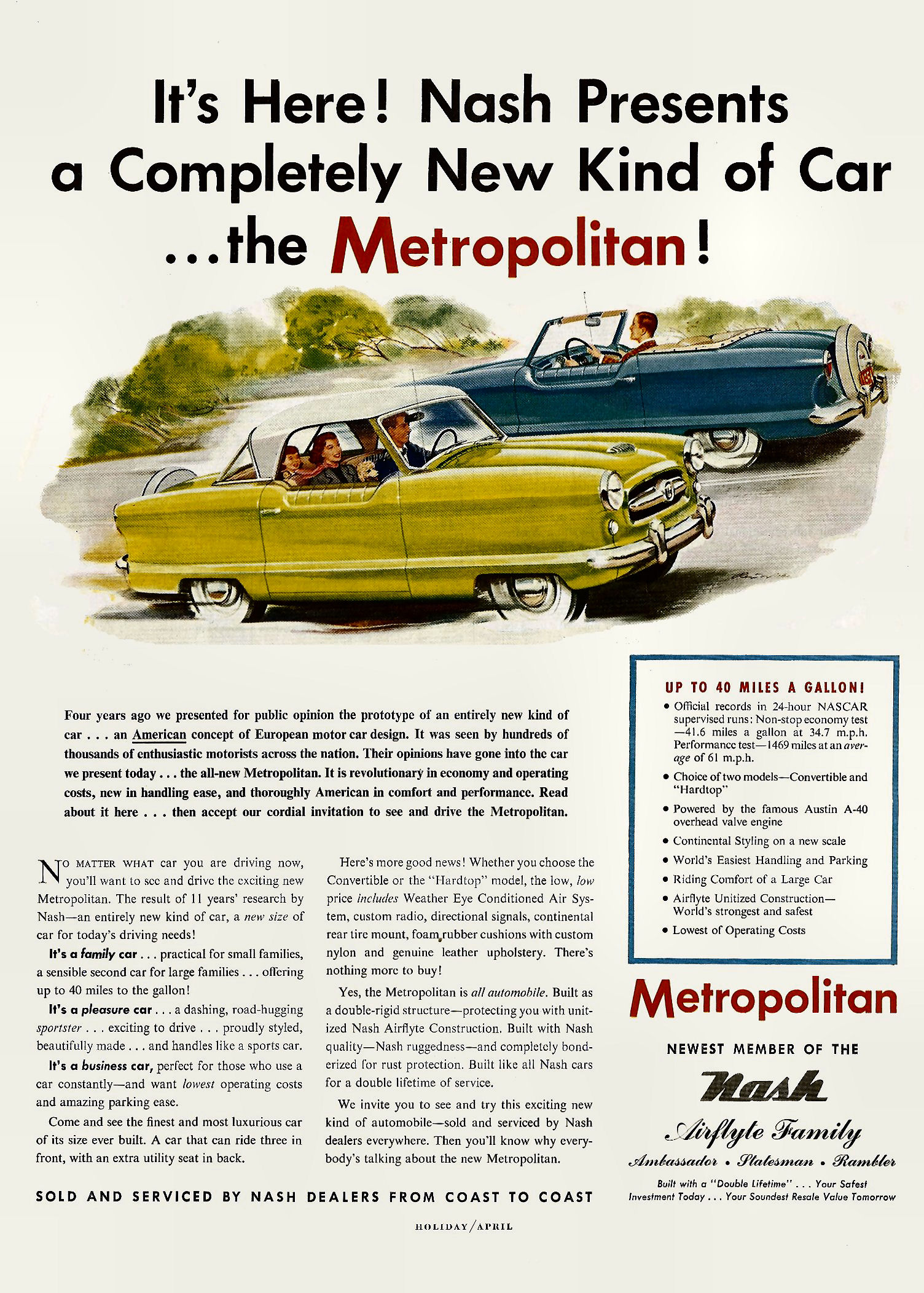
.jpg)


